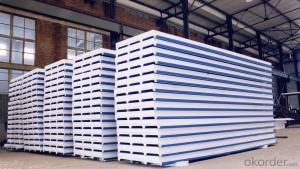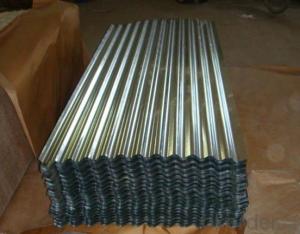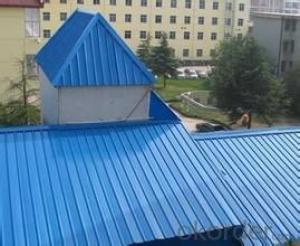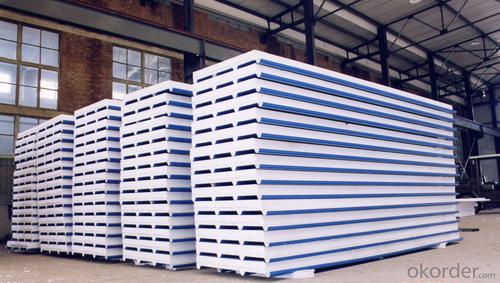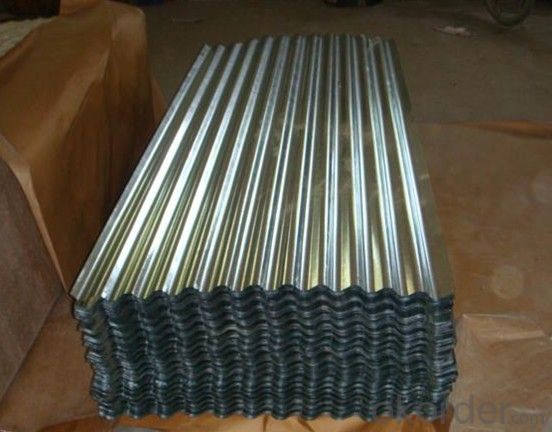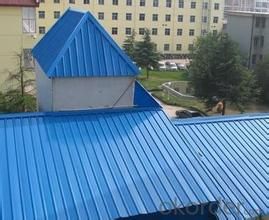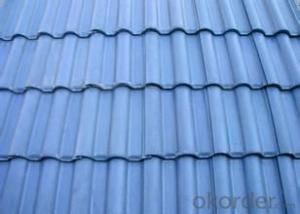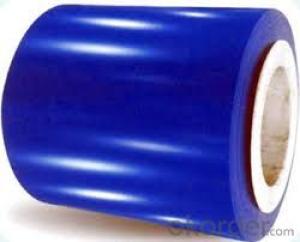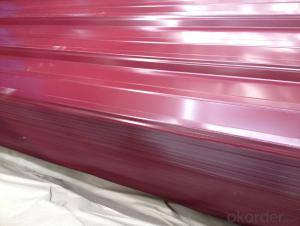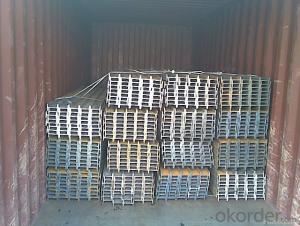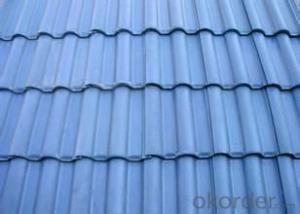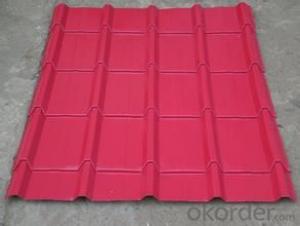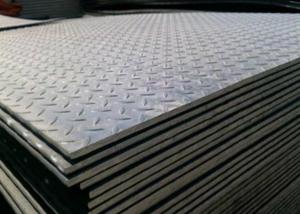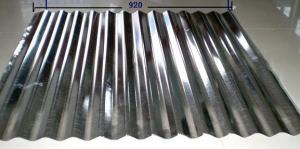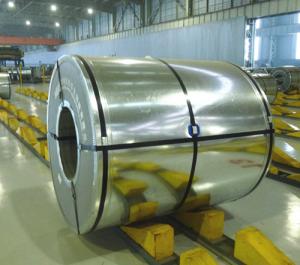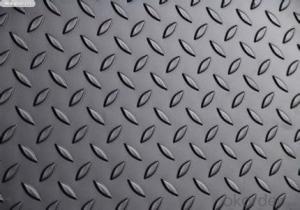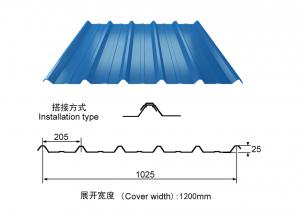prepainted steel roof sheet original manufacturer/ colour corrugated prepainted sheet
- Loading Port:
- Shanghai
- Payment Terms:
- TT OR LC
- Min Order Qty:
- 1 m.t.
- Supply Capability:
- 1000 m.t./month
OKorder Service Pledge
OKorder Financial Service
You Might Also Like
Quick Details
| Standard: | AISI,ASTM,DIN,GB,JIS | Grade: | AISI,ASTM,BS,DIN,GB,JIS | Thickness: | 0.17mm-0.6mm |
| Place of Origin: | China (Mainland) | Brand Name: |
| Model Number: | Corrugated sheet |
| Type: | Steel Plate | Technique: | Cold Rolled | Surface Treatment: | Coated |
| Application: | Roofing,Ceiling,Roof | Special Use: | High-strength Steel Plate | Width: | 600-1250mm |
| Length: | as per customers request | Zinc coating: | 60-275g/m2 | Surface processing: | Regular spangle,minimal spangle |
Packaging & Delivery
| Packaging Detail: | Standard seaworthy or as your requirement. |
| Delivery Detail: | Within 9 days after confirming the order. |
Specifications
Prepaint corrugated roofing sheet
1.our material are from big mill
2.surface and edge is glossy
3.our package is export pa
Prepainted corrugated steel roofing sheets
Production
Standard | JIS G3302 1998, ASTM A653M/A924M 2004,or according to your request |
Thickness | 0.13mm-1.5mm |
Width | 400mm-1250mm |
Tolerance | Thickness: +/-0.02mm Width:+/-2mm |
Length | We can adjust the length according to your request |
Wave depth | As to requirement |
Zinc Coating | 40g/m2-275g/m2 |
Surface treatment | Color-Coated & Galvanized |
Color | All RAL color |
Coat | 25±5μm on front coating and 7± 2μm on back coating |
Temper | 1.Full hard |
2.Commercial quality | |
3. Dry, chromate, skin passed, tension level, shining. | |
Spangle | Regular spangle, minimized spangle and zero spangle |
Tensile Strength | >300mpa |
Yield Strength | 370-380mpa |
Application | various roofs or walls referring to the large size factory buildings, storages, exhibition halls, gymnasiums etc. |
MOQ | 50Ton |
Specification
Process ability | Yield strength | Tensile strength | Elongation % | 180°cold-bending |
Common PV | - | 270-500 | - | d=0,intact,no zinc removal |
Mechanical interlocking JY | - | 270-500 | - | d=0,intact,no zinc removal |
Structure JG | >=240 | >=370 | >=18 | d=0,intact,no zinc removal |
Deep drawn SC | - | 270-380 | >=30 | |
EDDQ SC | - | 270-380 | >=30 | d=0,intact,no zinc removal |
- Q: Can the steel sheets be used for industrial machinery?
- Yes, steel sheets can be used for industrial machinery as they are strong, durable, and have excellent load-bearing capabilities, making them suitable for various applications in the industrial sector.
- Q: What are the different methods of surface preparation for steel sheets?
- Some of the different methods of surface preparation for steel sheets include sandblasting, chemical cleaning, mechanical cleaning, and power tool cleaning.
- Q: What is the typical impact strength of a steel sheet?
- The typical impact strength of a steel sheet can vary depending on the specific grade and thickness of the steel. However, steel sheets generally possess high impact strength due to their toughness and durability.
- Q: Can the steel sheets be painted or coated?
- Yes, steel sheets can be painted or coated.
- Q: Can steel sheets be used for construction equipment?
- Yes, steel sheets can be used for construction equipment. Steel is a versatile and durable material that offers strength and stability, making it suitable for various construction equipment such as excavators, cranes, bulldozers, and scaffolding. Steel sheets can be formed, welded, and shaped into different components and structures, ensuring the reliability and robustness required in construction applications.
- Q: Can steel sheets be used for decorative column wraps?
- Yes, steel sheets can be used for decorative column wraps. Steel sheets are a versatile material that can be easily shaped and customized to fit various design preferences. They can be used to create sleek and modern column wraps, as well as more intricate and ornate designs. Steel sheets can be painted or coated with different finishes to enhance their aesthetic appeal and protect them from corrosion. Additionally, steel is a durable and long-lasting material, making it suitable for both indoor and outdoor applications. Whether you are looking to add a contemporary touch or a traditional charm to your space, steel sheets can be an excellent choice for decorative column wraps.
- Q: What is the price of each steel sheet?
- The price of each steel sheet may vary depending on factors such as size, thickness, and market conditions. It is recommended to check with suppliers or retailers for current pricing information.
- Q: What are the different methods of protecting steel sheets from scratches?
- There are several methods of protecting steel sheets from scratches, including applying a protective coating such as paint or powder coating, using adhesive films or tapes, using protective sleeves or covers, and implementing proper handling and storage practices to minimize contact with abrasive surfaces.
- Q: Can steel sheets be used for kitchen appliances?
- Yes, steel sheets can be used for kitchen appliances. Steel is a durable and versatile material that is commonly used in the manufacturing of various kitchen appliances such as refrigerators, ovens, and dishwashers. It offers excellent heat resistance, is easy to clean, and provides a sleek and modern look to the appliances.
- Q: Can steel sheets be used for manufacturing machinery or equipment?
- Yes, steel sheets can be used for manufacturing machinery or equipment. Steel sheets are commonly used in the manufacturing industry due to their strength, durability, and versatility. They can be shaped, cut, and formed into various components and structures required for machinery and equipment. Steel sheets provide structural support, withstand heavy loads, and offer resistance to wear, making them an ideal choice for manufacturing purposes.
Send your message to us
prepainted steel roof sheet original manufacturer/ colour corrugated prepainted sheet
- Loading Port:
- Shanghai
- Payment Terms:
- TT OR LC
- Min Order Qty:
- 1 m.t.
- Supply Capability:
- 1000 m.t./month
OKorder Service Pledge
OKorder Financial Service
Similar products
Hot products
Hot Searches
Related keywords
